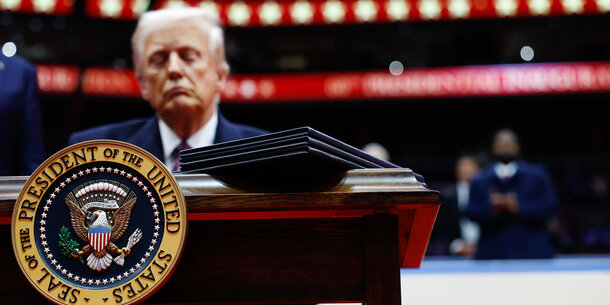This brief is the latest in a series of briefs historians are filing around the country to respond to attacks on the Voting Rights Act.
The appeal in Nairne raises several questions, including whether Section 2 empowers private litigants—such as the minority voters who brought these cases—to sue to challenge racially discriminatory voting practices. Since Section 2 was first enacted in 1965, Congress, the courts, the United States Department of Justice, and private litigants have all agreed that they can. But in recent years that settled understanding has come under attack. Justice Gorsuch’s concurrence in Brnovich v. Democratic National Committee (2021) has helped stoke these attacks by suggesting that only the Department of Justice can bring Section 2 claims.
The U.S. District Court for the Middle District of Louisiana ruled that the plaintiffs could bring such claims, noting that the Fifth Circuit, just one year prior, had concluded that Section 2 contains a private right of action. The District Court further determined that Louisiana’s state legislative maps violated Section 2. Defendants and intervenors, including the State of Louisiana, appealed the ruling. The Louisiana Attorney General initially asked that the appeal be heard en banc to reconsider the Circuit’s precedent on the Section 2 private right of action. The Fifth Circuit denied that request.
The historians’ brief argues that the ability of minority voters to bring lawsuits under Section 2 has been at the heart of the VRA’s enforcement scheme since the beginning. It starts by detailing the context in which the VRA was initially enacted. Congress saw that earlier civil rights laws, which lacked any private enforcement mechanisms, had failed to adequately protect Black voters. So, Congress designed the VRA as a potent response to entrenched discrimination and increasing political violence. And it intended for the VRA to create many avenues of relief for Black voters, including private litigation. The brief details how voters quickly put Section 2 into action and how neither the courts, nor the jurisdictions they sued, questioned the voters’ ability to do so.
The brief also explores the 1982 debates that led up to Congress amending Section 2 to make it easier to challenge discrimination in voting. As the historians show, it is clear from the legislative record that everyone involved—both the proponents of the amendment and its detractors—understood that private plaintiffs could bring Section 2 challenges and Congress amended the statute to facilitate those challenges. That signals Congress’s understanding that Section 2 would continue to empower voters to bring lawsuits of their own. Litigation activity since that time bears out Congress’s intent: Private plaintiffs brought 1,328 (or 92.7 percent) of all Section 2 cases filed in 1982 or later.


